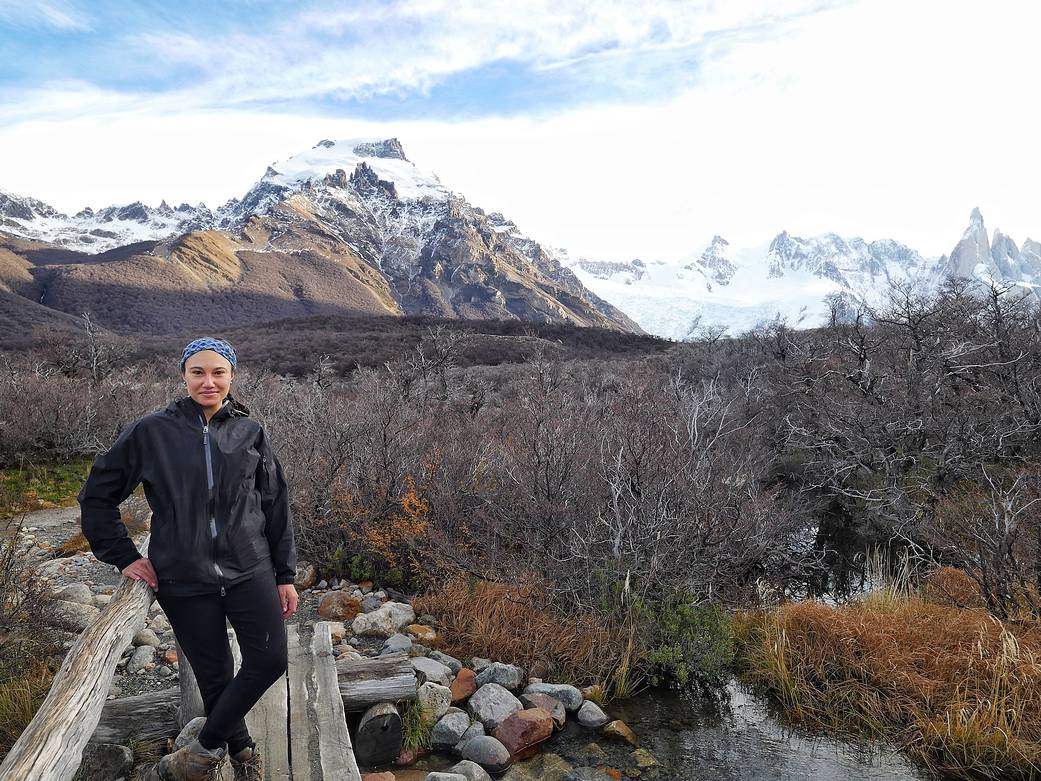
“I’m helping manage a new program [at NASA] called Student Airborne Science Activation, or SaSa. The program focuses on recruiting students from minority serving institutions, as there is a need for greater representation of historically underrepresented groups in the Geosciences.
“We are using a multi-tiered mentoring model to support undergraduate students during the SaSa summer program. The approach encourages peer-to-peer mentoring and daily mentorship with graduate student mentors and university professors, and with NASA scientists acting as the outer layer of the mentoring model. The students will gain hands-on research experience, flying onboard a NASA aircraft to collect land, ocean, and atmospheric measurements.
“We’re hoping this will help to excite them in the sciences and encourage them to be retained and to feel included. The element of inclusion is a key part that we’re thinking about. It’s one thing to be recruited, and another thing to feel included within STEM.
“[With] this generation, there’s a deep need to link the science and be able to tell a story with that science. I also think the students of this generation want to understand how science informs policy. How does it inform climate, social, environmental justice? How does it impact and inform our communities? Those are some of the key themes we are trying to integrate into SaSa and I’m hoping that will really enhance and encourage the students to see the benefits of science and how NASA’s able to apply it to inform policy questions and climate action.”
— Samiah Moustafa, Program Manager of Student Airborne Science Activation, NASA’s Ames Research Center
Image Credit: NASA / Samiah Moustafa
Interviewer: NASA / Abby Graf
























